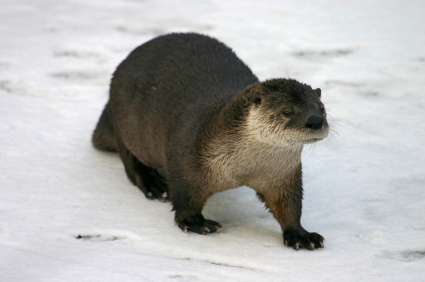
Overview
Adapted for life both on land and in water, otters have webbed feet, thick brown fur, and ears that close airtight when submerged. They have wide heads, long whiskers, and sleek, flexible bodies. Otters live near lakes or ponds and burrow in ditches, so interaction with people can occur.
With their sweet appearance and playful nature, it may seem impossible that otters are dangerous. However, otters can be aggressive when necessary. The animals sometimes even hunt snakes to supplement their usual diet of fish.
Are Otters Dangerous to Humans?
Like most wildlife, otters may be hostile when confronted. The pests can grow up to 4 feet long and weigh up to 30 pounds. If an otter feels threatened, its heavy, muscular body and sharp claws are enough to overpower pets and small children.
Otters can transmit rabies to humans and pets. Immediate medical help is needed for any scratches or bites. They also endanger residents by attracting coyotes and bobcats to yards, creating territory struggles that make properties unsafe.
Additional Damage
When otters are present around lakes and ponds, their fecal matter accumulates up to 20 yards from shorelines. In addition, these animals litter grass with fish bones and scales, which in turn attract flies and other pests.
When otters are dangerous to humans and pets, Critter Control experts can assist in removal.